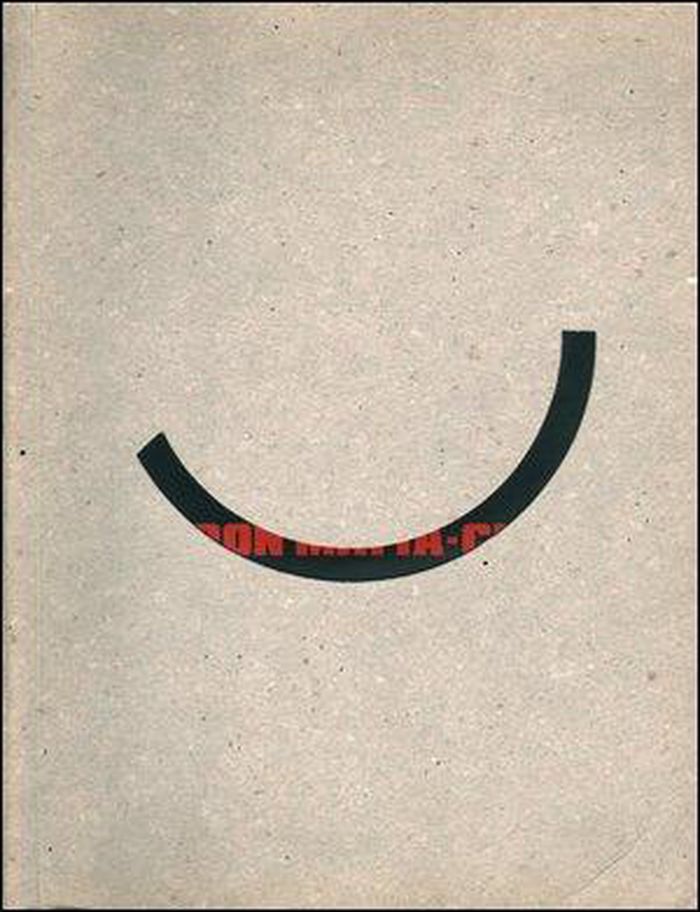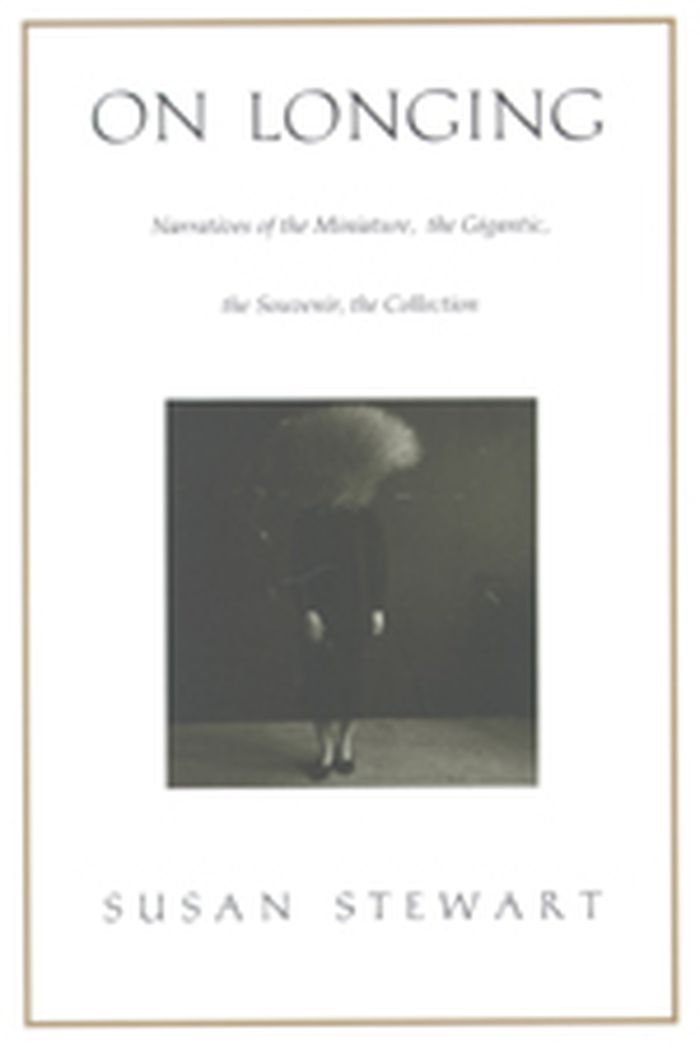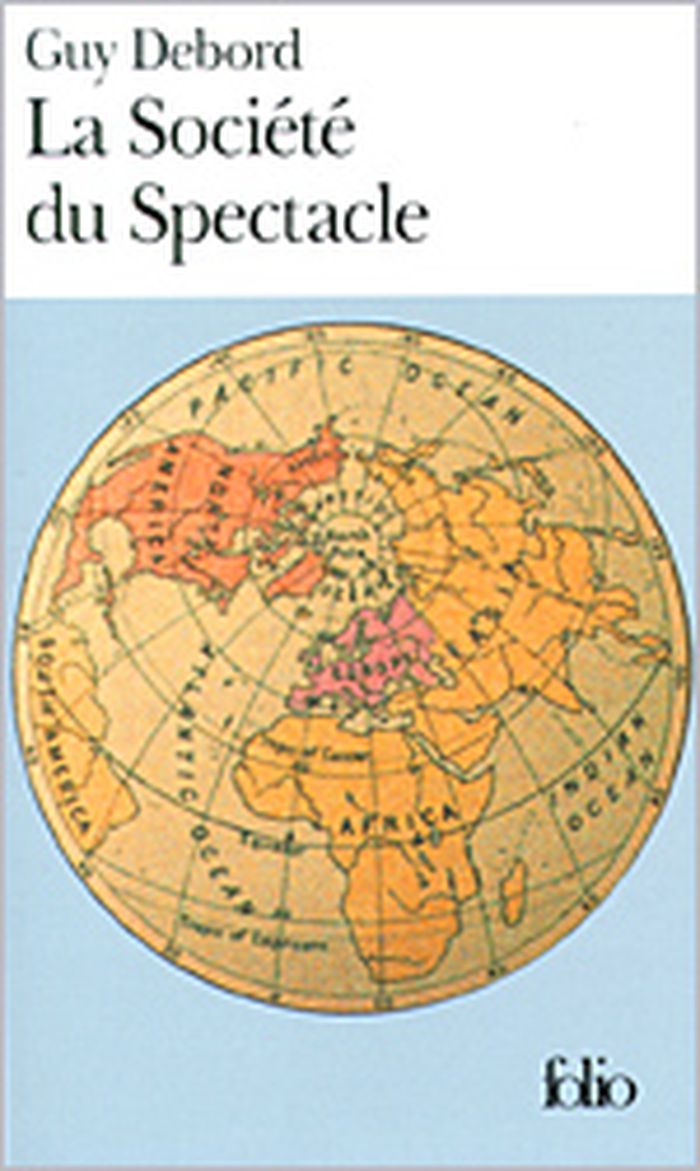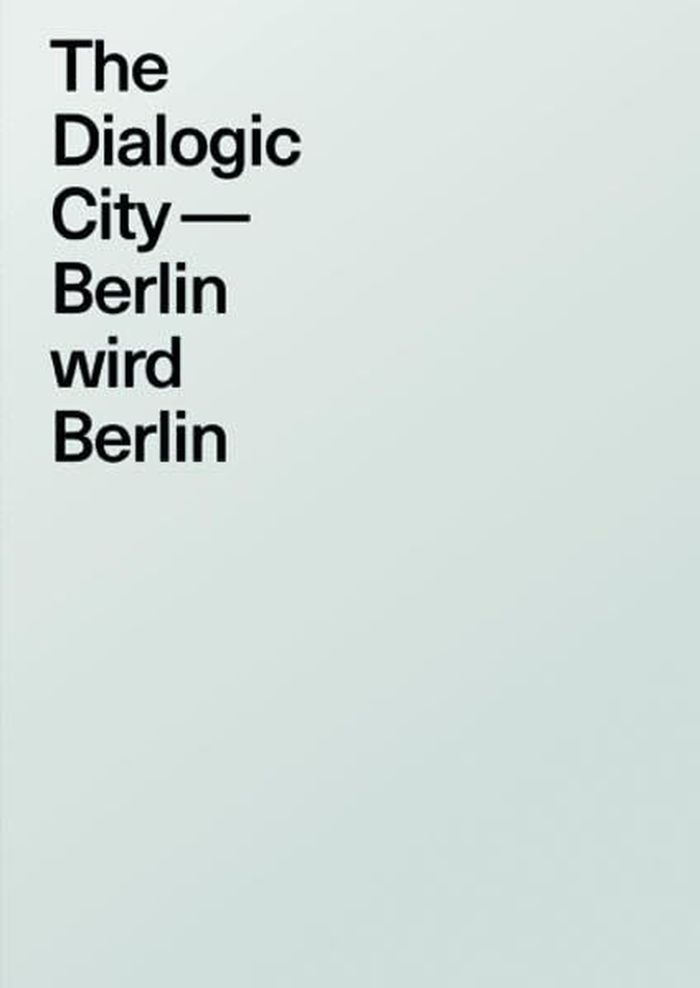$24.50
(available to order)
Summary:
In The Conspiracy of Art, Baudrillard questions the privilege attached to art by its practitioners. Art has lost all desire for illusion: feeding back endlessly into itself, it has turned its own vanishment into an art unto itself. Far from lamenting the "end of art," Baudrillard celebrates art's new function within the process of insider-trading. Spiraling from aesthetic(...)
October 2005, Cambridge, London
The conspiracy of art: manifestos, interviews, essays
Actions:
Price:
$24.50
(available to order)
Summary:
In The Conspiracy of Art, Baudrillard questions the privilege attached to art by its practitioners. Art has lost all desire for illusion: feeding back endlessly into itself, it has turned its own vanishment into an art unto itself. Far from lamenting the "end of art," Baudrillard celebrates art's new function within the process of insider-trading. Spiraling from aesthetic nullity to commercial frenzy, art has become transaesthetic, like society as a whole. Conceived and edited by life-long Baudrillard collaborator Sylvère Lotringer, The Conspiracy of Art presents Baudrillard's writings on art in a complicitous dance with politics, economics, and media. Culminating with "War Porn," a scathing analysis of the spectacular images from Abu Ghraib prison as a new genre of reality TV, the book folds back on itself to question the very nature of radical thought.
books
$70.00
(available to order)
Summary:
This important book, which received the 1984 Alice Davis Hitchcock Award, traces the process by which the mystical and numerological grounds for the use of number and geometry in building gave way to the more functional and technical ones that prevail in architectural theory and practice today.
January 1985, Cambridge, Mass.
Architecture and the crisis of modern science
Actions:
Price:
$70.00
(available to order)
Summary:
This important book, which received the 1984 Alice Davis Hitchcock Award, traces the process by which the mystical and numerological grounds for the use of number and geometry in building gave way to the more functional and technical ones that prevail in architectural theory and practice today.
books
January 1985, Cambridge, Mass.
$58.00
(available to order)
Summary:
Out of print for almost a decade, this cult book is finally back. In 1994, the first English-language translation of the classic French edition of 1975 - which accompanied an exhibition of Virilio's photographs at the Centre Pompidou -, was published.
April 2006, New York
Paul Virilio: bunker archeology
Actions:
Price:
$58.00
(available to order)
Summary:
Out of print for almost a decade, this cult book is finally back. In 1994, the first English-language translation of the classic French edition of 1975 - which accompanied an exhibition of Virilio's photographs at the Centre Pompidou -, was published.
Gordon Matta-Clark
$113.95
(available in store)
Summary:
A thorough retrospective and monograph from an exhibition at centro IVAM, 1993..Text in Spanish with English translation. Show also travelled to Marseille and London.
January 1993
Gordon Matta-Clark
Actions:
Price:
$113.95
(available in store)
Summary:
A thorough retrospective and monograph from an exhibition at centro IVAM, 1993..Text in Spanish with English translation. Show also travelled to Marseille and London.
$57.00
(available in store)
Summary:
This long-awaited book, nearly 10 years in the making, combines photography and Denari's texts with his trademark computer renderings of over 20 architectural projects. Three of the most important discussed are the addition and renovation of the (...)
October 1999, New York
Neil Denari : gyroscopic horizons - prototypical buildings and other works
Actions:
Price:
$57.00
(available in store)
Summary:
This long-awaited book, nearly 10 years in the making, combines photography and Denari's texts with his trademark computer renderings of over 20 architectural projects. Three of the most important discussed are the addition and renovation of the Arlington Museum of Art, the construction of an experimental space at Gallery MA in Tokyo, and the first Microsoft retail store.
books
$19.95
(available to order)
Summary:
This issue of Pamphlet Architecture looks at the twentieth-century urban fabric, particularly the evolution and recurrence of letter-like building forms that sprang from the gridiron plans of American cities at the(...)
Pamphlet architecture #5 : the alphabetical city
Actions:
Price:
$19.95
(available to order)
Summary:
This issue of Pamphlet Architecture looks at the twentieth-century urban fabric, particularly the evolution and recurrence of letter-like building forms that sprang from the gridiron plans of American cities at the turn of the century.
books
January 1900, New York
$39.95
(available to order)
Summary:
Miniature books, eighteenth-century novels, Tom Thumb weddings, tall tales, and objects of tourism and nostalgia: this diverse group of cultural forms is the subject of On Longing, a fascinating analysis of the ways in which everyday objects are narrated to animate or realize certain versions of the world. Originally published in 1984 (Johns Hopkins University Press), and(...)
January 1993, Durham
On longing : Narratives of the miniature, the gigantic, the souvenir, the collection
Actions:
Price:
$39.95
(available to order)
Summary:
Miniature books, eighteenth-century novels, Tom Thumb weddings, tall tales, and objects of tourism and nostalgia: this diverse group of cultural forms is the subject of On Longing, a fascinating analysis of the ways in which everyday objects are narrated to animate or realize certain versions of the world. Originally published in 1984 (Johns Hopkins University Press), and now available in paperback for the first time, this highly original book draws on insights from semiotics and from psychoanalytic, feminist, and marxist criticism. Addressing the relations of language to experience, the body to scale, and narratives to objects, Susan Stewart looks at the "miniature" as a metaphor for interiority and at the "gigantic" as an exaggeration of aspects of the exterior. In the final part of her essay Stewart examines the ways in which the "souvenir" and the "collection" are objects mediating experience in time and space.
books
$29.95
(available to order)
Summary:
In this wide-ranging exploration of the role of forests in Western thought, Robert Pogue Harrison enriches our understanding not only of the forest's place in the cultural imagination of the West, but also of the ecological dilemmas that now confront us so urgently. Consistently insightful and beautifully written, this work is especially compelling at a time when the(...)
Forests: the shadow of civilization
Actions:
Price:
$29.95
(available to order)
Summary:
In this wide-ranging exploration of the role of forests in Western thought, Robert Pogue Harrison enriches our understanding not only of the forest's place in the cultural imagination of the West, but also of the ecological dilemmas that now confront us so urgently. Consistently insightful and beautifully written, this work is especially compelling at a time when the forest, as a source of wonder, respect, and meaning, disappears daily from the earth.
books
February 1993
$12.95
(available to order)
Summary:
paru en 1967. Guy Debord (1931-1994) a suivi dans sa vie, jusqu'à la mort qu'il s'est choisie, une seule règle. Celle-là même qu'il résume dans l'avertissement pour la troisième édition française de son livre "La Société du Spectacle". « Il faut lire ce livre en considérant qu'il a été sciemment écrit dans l'intention de nuire à la société spectaculaire. Il n'a jamais(...)
La société du spectacle, ancienne version
Actions:
Price:
$12.95
(available to order)
Summary:
paru en 1967. Guy Debord (1931-1994) a suivi dans sa vie, jusqu'à la mort qu'il s'est choisie, une seule règle. Celle-là même qu'il résume dans l'avertissement pour la troisième édition française de son livre "La Société du Spectacle". « Il faut lire ce livre en considérant qu'il a été sciemment écrit dans l'intention de nuire à la société spectaculaire. Il n'a jamais rien dit d'outrancier. »
$95.00
(available to order)
Summary:
Dieser 700 seitige Reader ist gegliedert durch Gegensatzpaare, zu denen sich die Autoren aus der Geschichte Berlins heraus argumentierend mit besonders dialogischen oder undialogischen Momenten beschäftigen: Zentren/Mitte, Stadt/Natur, Fiktion/Realität, Fremdbild/Eigenlogik, Gemeinschaft/Individualität, Teilhabe/Governance und Boden/Eigentum. Um diese Paarungen gruppieren(...)
Current Exhibitions
December 2015
The Dialogic City. Berlin wird Berlin : Berlininische Galerie
Actions:
Price:
$95.00
(available to order)
Summary:
Dieser 700 seitige Reader ist gegliedert durch Gegensatzpaare, zu denen sich die Autoren aus der Geschichte Berlins heraus argumentierend mit besonders dialogischen oder undialogischen Momenten beschäftigen: Zentren/Mitte, Stadt/Natur, Fiktion/Realität, Fremdbild/Eigenlogik, Gemeinschaft/Individualität, Teilhabe/Governance und Boden/Eigentum. Um diese Paarungen gruppieren sich detaillierte Betrachtungen und Interviews mit Berliner Akteuren.
Current Exhibitions






